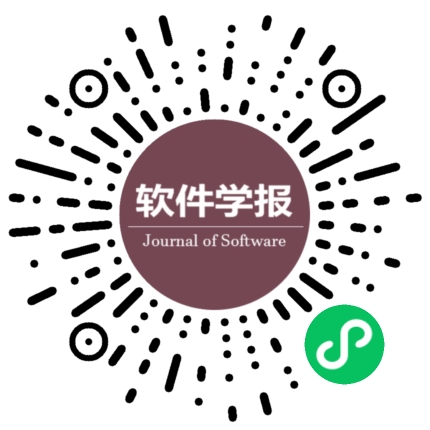语义可感知的灰盒编译器模糊测试
CSTR:
作者:
作者单位:
作者简介:
通讯作者:
蒋炎岩,E-mail:jyy@nju.edu.cn
中图分类号:
基金项目:
国家重点研发计划(2022YFB4501801); 国家自然科学基金(62025202, 62272218); 江苏省前沿引领技术基础研究专项(BK20202001)
Semantic Aware Greybox Compiler Fuzz Testing
Author:
Affiliation:
Fund Project:
引用本文
欧先飞,蒋炎岩,许畅.语义可感知的灰盒编译器模糊测试.软件学报,2025,36(7):2947-2963
复制相关视频

分享
文章指标
- 点击次数:
- 下载次数:
- HTML阅读次数:
历史
- 收稿日期:2024-08-18
- 最后修改日期:2024-10-15
- 录用日期:
- 在线发布日期: 2024-12-10
- 出版日期: 2025-07-06
文章二维码

您是第位访问者
版权所有:中国科学院软件研究所 京ICP备05046678号-3
地址:北京市海淀区中关村南四街4号,邮政编码:100190
电话:010-62562563 传真:010-62562533 Email:jos@iscas.ac.cn
技术支持:北京勤云科技发展有限公司
版权所有:中国科学院软件研究所 京ICP备05046678号-3
地址:北京市海淀区中关村南四街4号,邮政编码:100190
电话:010-62562563 传真:010-62562533 Email:jos@iscas.ac.cn
技术支持:北京勤云科技发展有限公司



